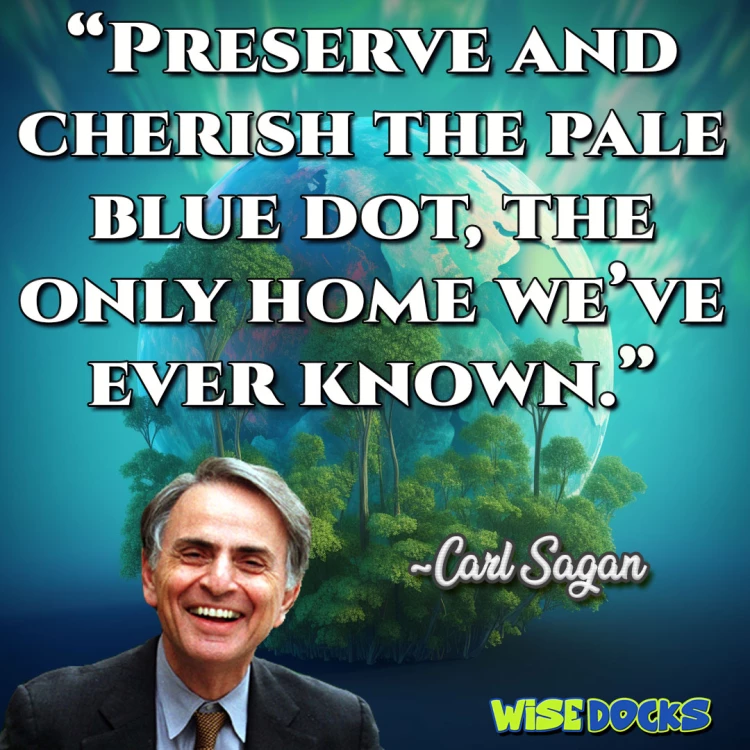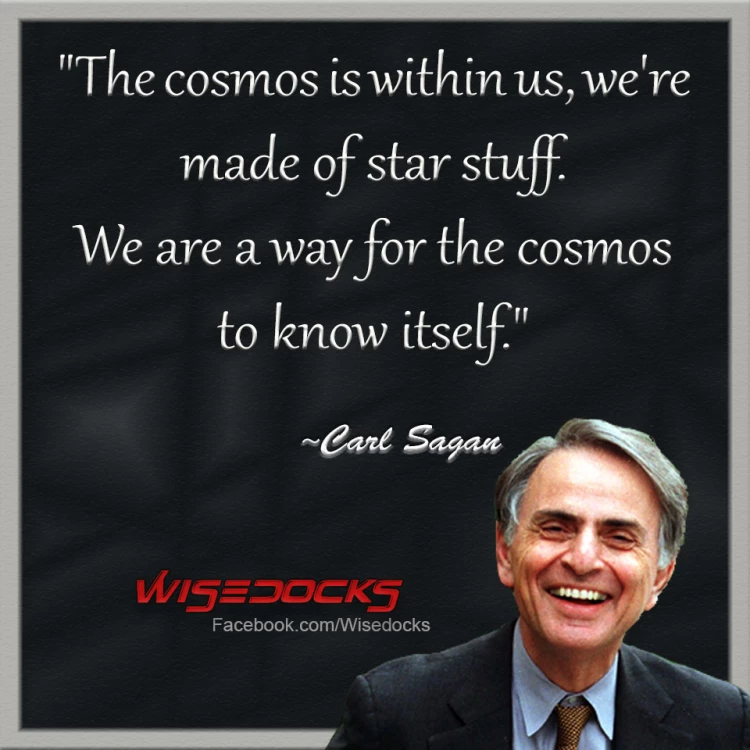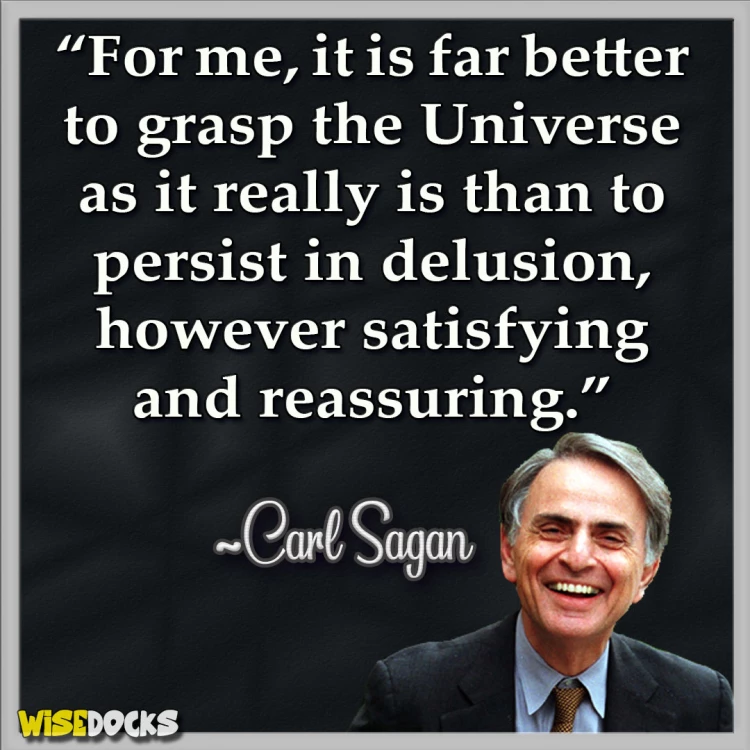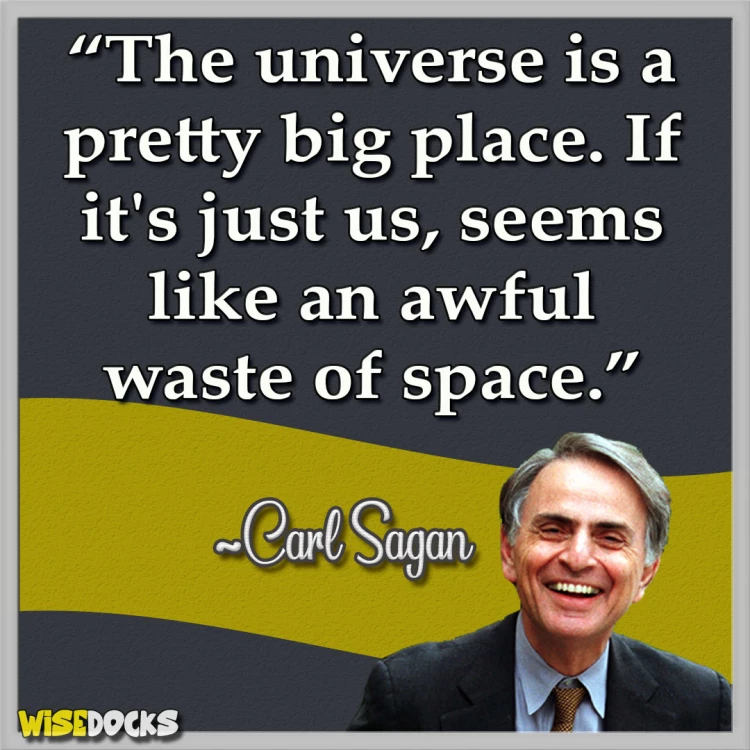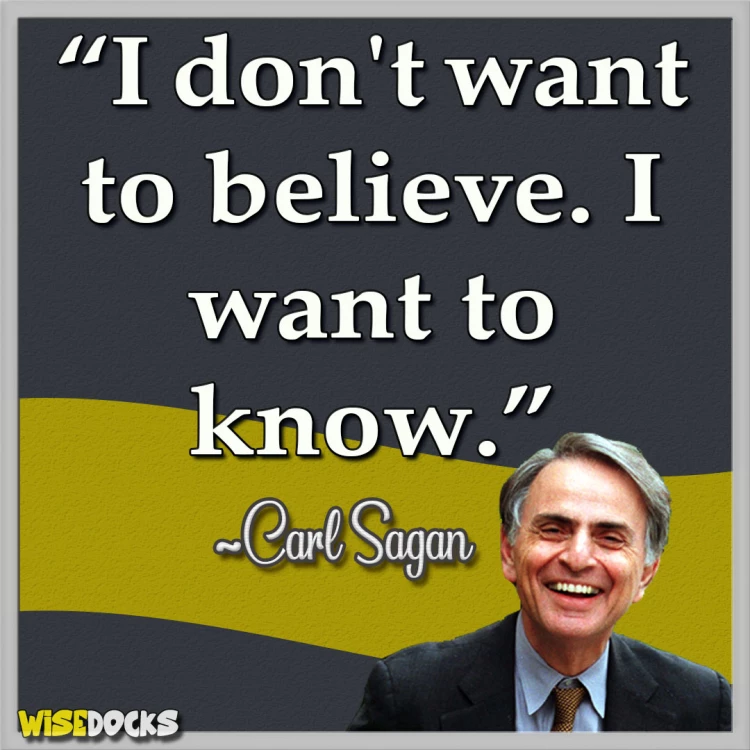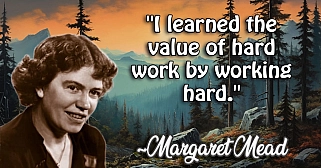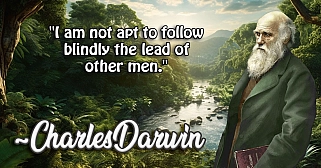Carl Sagan: The Cosmos' Greatest Ambassador and Science Communicator
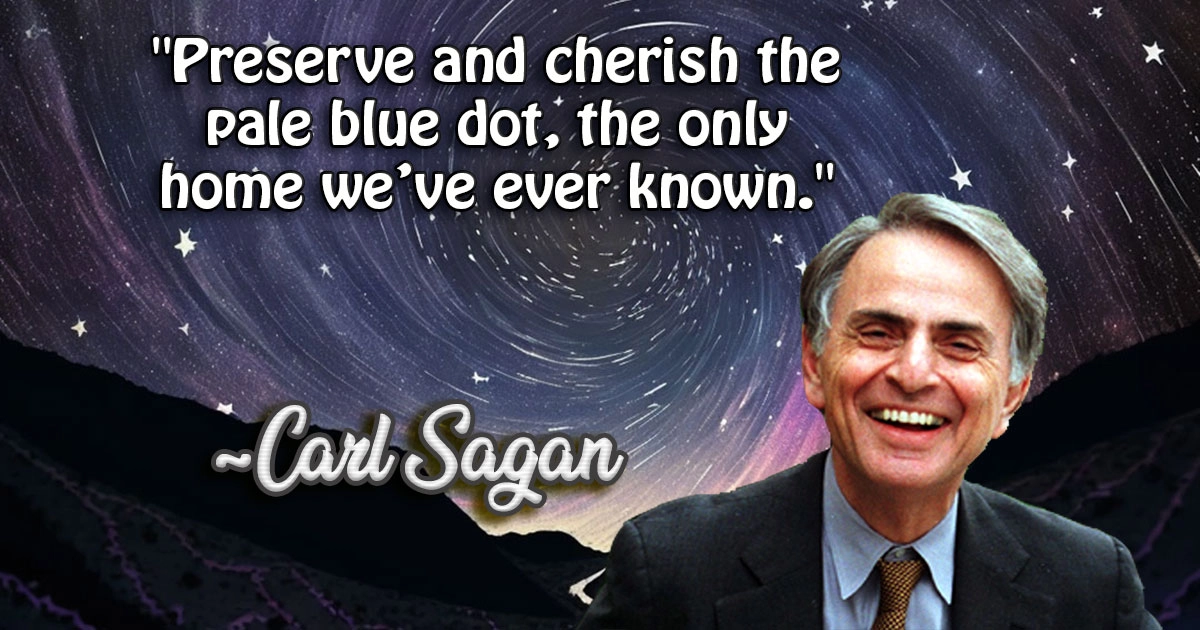
Carl Sagan
Carl Sagan: A Pioneering Science Communicator
Carl Sagan was a renowned astronomer and science communicator, best known for his groundbreaking TV series "Cosmos: A Personal Voyage," which brought the wonders of the universe into millions of homes. Learn more about Carl Sagan's impact on science.
Early Life and Intellectual Awakening
Carl Sagan was born on November 9, 1934, in Brooklyn, New York, to a family that valued education and curiosity. His mother, Rachel Molly Gruber, was a housewife with a love for books and music, while his father, Samuel Sagan, was a garment worker who encouraged Carl’s inquisitiveness about the world. From a young age, Carl displayed an insatiable curiosity about the cosmos. He spent countless nights gazing at the stars through his small telescope, dreaming of what lay beyond our planet.
Sagan’s childhood was marked by a profound sense of wonder and a deep desire to understand the universe. He would often visit the library, devouring books on astronomy and science fiction. These early experiences ignited a lifelong passion for the cosmos, leading him to pursue a career in science.
Academic Pursuits and Early Contributions
Carl Sagan’s academic journey began at the University of Chicago, where he earned his Bachelor’s degree in Physics in 1955. He continued his studies at the same institution, obtaining a Ph.D. in Astronomy and Astrophysics in 1960. During his time at the University of Chicago, Sagan worked with renowned astronomer Gerard Kuiper, which further honed his skills and deepened his understanding of planetary science.
In the early stages of his career, Sagan made significant contributions to our understanding of the solar system. He conducted pioneering research on the atmospheres of Venus and Mars, suggesting that Venus’s high surface temperatures were due to a runaway greenhouse effect. His work on Mars included studies of seasonal changes on the planet’s surface, which he proposed were caused by wind-blown dust.
Popularizing Science: The Golden Record and "Cosmos"
One of Carl Sagan’s most enduring legacies is his role in popularizing science. He had a unique ability to communicate complex scientific concepts in a way that was accessible and engaging to the general public. This talent was most famously displayed in the 1980 television series "Cosmos: A Personal Voyage." The show, which Sagan co-wrote and hosted, took viewers on a journey through the universe, exploring everything from the origins of life on Earth to the vastness of the cosmos.
"Cosmos" was a groundbreaking series that reached an estimated 500 million people in 60 countries. Sagan’s charismatic presentation and infectious enthusiasm for science inspired countless individuals to take an interest in astronomy and the natural world. The series was accompanied by a best-selling book of the same name, which further cemented Sagan’s status as a leading figure in science communication.
Another remarkable project Sagan was involved in was the creation of the Golden Record, a phonograph record included on the Voyager spacecraft launched in 1977. The Golden Record contained sounds and images representing the diversity of life and culture on Earth, intended to communicate the story of our world to any extraterrestrial beings that might encounter it. Sagan chaired the committee responsible for selecting the contents of the record, which included music from different cultures, greetings in 55 languages, and sounds of nature.
The Search for Extraterrestrial Life
Throughout his career, Carl Sagan was deeply interested in the possibility of extraterrestrial life. He was a leading advocate for the scientific search for extraterrestrial intelligence (SETI) and believed that discovering life beyond Earth would be one of humanity’s most profound achievements. Sagan’s work in this field included the study of the conditions necessary for life to exist on other planets and the development of methods for detecting signals from intelligent civilizations.
In 1985, Sagan co-founded the Planetary Society, an organization dedicated to promoting the exploration of space and the search for extraterrestrial life. The society has played a crucial role in advocating for space missions and supporting research into the possibility of life beyond Earth. Sagan’s passion for this subject was also reflected in his novel "Contact," published in 1985. The book tells the story of a scientist who discovers evidence of extraterrestrial intelligence, exploring the implications of such a discovery for humanity.
Environmental Advocacy and Nuclear Disarmament
Carl Sagan was not only a champion of space exploration but also a passionate advocate for the preservation of our own planet. He was deeply concerned about environmental issues, particularly the dangers posed by nuclear weapons and the threat of climate change. Sagan used his platform to raise awareness about these issues and advocate for policies to address them.
In the early 1980s, Sagan was a leading voice in the debate over the potential consequences of nuclear war. He co-authored a scientific paper that introduced the concept of "nuclear winter," a scenario in which the smoke and soot from a large-scale nuclear conflict would block out sunlight, leading to a dramatic drop in global temperatures and widespread crop failures. Sagan’s work on nuclear winter played a significant role in raising public awareness about the catastrophic potential of nuclear war and contributed to the growing movement for nuclear disarmament.
Sagan was also an early advocate for addressing climate change. He warned about the dangers of the greenhouse effect and the need to reduce carbon emissions long before these issues became mainstream concerns. His efforts to communicate the science of climate change to the public and policymakers were an essential part of his broader mission to use science for the betterment of humanity.
The Human Connection: Carl Sagan’s Personal Life
While Carl Sagan is often remembered for his scientific achievements and public advocacy, his personal life also played a significant role in shaping his character and work. Sagan was married three times and had five children. His first marriage was to biologist Lynn Margulis, with whom he had two sons, Dorion and Jeremy. Although their marriage ended in divorce, both Sagan and Margulis continued to make significant contributions to science.
In 1968, Sagan married artist Linda Salzman, and they had a son, Nick. The couple collaborated on various projects, including the Golden Record, which Linda helped design. Their marriage also ended in divorce, but Sagan found lasting happiness with his third wife, Ann Druyan, whom he married in 1981. Druyan, a writer and producer, collaborated with Sagan on "Cosmos" and many other projects. They had two children, Alexandra and Samuel, and their partnership was a profound source of inspiration and support for Sagan.
Carl Sagan's Continuing Influence
Carl Sagan’s influence extends far beyond his lifetime. His ability to inspire and educate through his writing and television work has left an indelible mark on the world. "Cosmos" remains one of the most beloved science series ever produced, and the updated version, "Cosmos: A Spacetime Odyssey," hosted by Neil deGrasse Tyson, has introduced Sagan’s vision to a new generation.
Sagan’s books, including "The Demon-Haunted World: Science as a Candle in the Dark" and "Pale Blue Dot: A Vision of the Human Future in Space," continue to be widely read and appreciated. These works encapsulate Sagan’s belief in the power of science to illuminate the mysteries of the universe and improve the human condition. His eloquent advocacy for reason, skepticism, and scientific inquiry has inspired countless individuals to pursue careers in science and to view the world with a sense of wonder and curiosity.
The Planetary Society, which Sagan co-founded, continues to be a leading voice in the advocacy for space exploration and the search for extraterrestrial life. The society’s projects and initiatives reflect Sagan’s enduring vision of exploring the cosmos and understanding our place in the universe.
Full of Wonder and Wisdom
Carl Sagan’s life was a testament to the power of curiosity and the pursuit of knowledge. He dedicated his career to exploring the mysteries of the cosmos, advocating for the responsible use of science, and inspiring others to look up at the stars with a sense of wonder. His ability to communicate complex ideas in an accessible and engaging manner made science appealing to millions, and his efforts to address global challenges demonstrated his commitment to the well-being of humanity.
Sagan’s legacy is one of wisdom, compassion, and a boundless sense of wonder. He reminded us that we are all part of a vast and interconnected universe, and that through science, we can better understand our place in it. His work continues to inspire new generations of scientists, thinkers, and dreamers, encouraging them to explore the unknown and strive for a better future.
In the words of Carl Sagan, “Somewhere, something incredible is waiting to be known.” His life’s work was dedicated to uncovering those incredible things, and his legacy ensures that the quest for knowledge and understanding will continue for generations to come.
